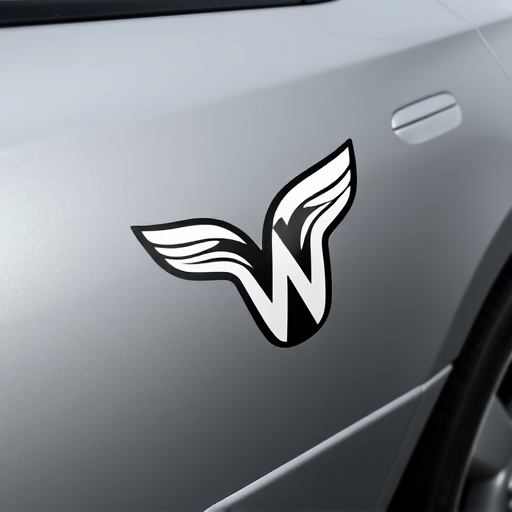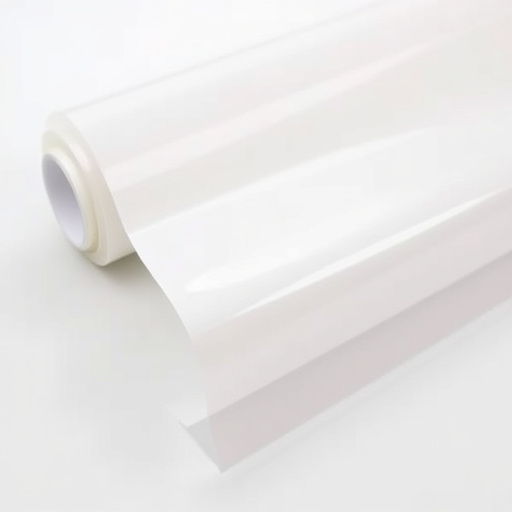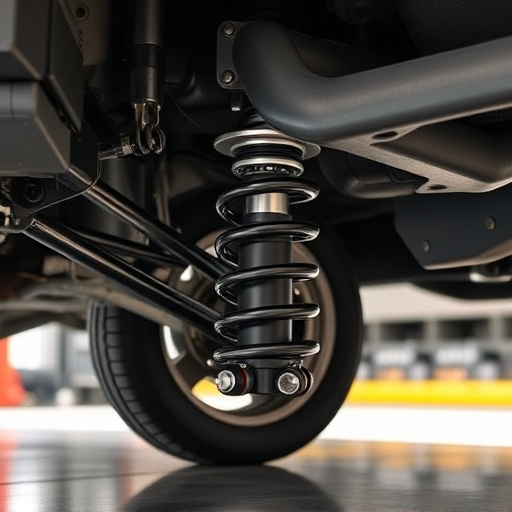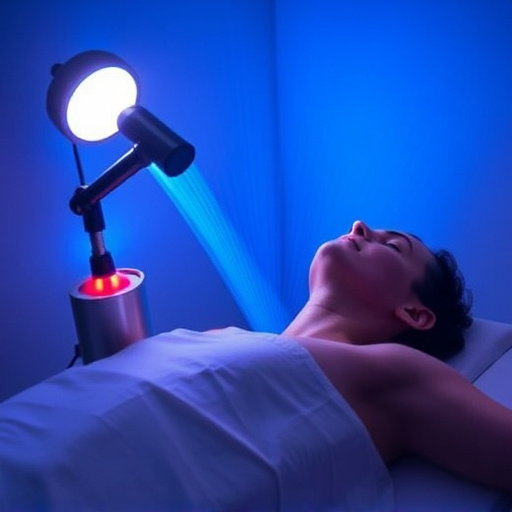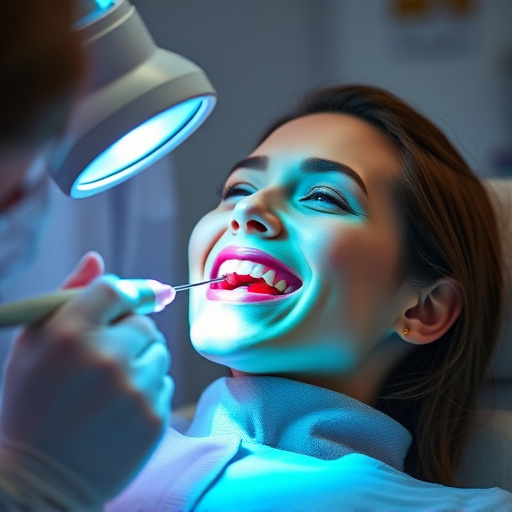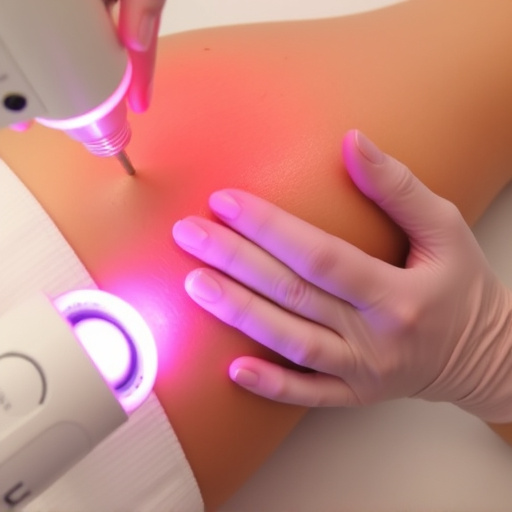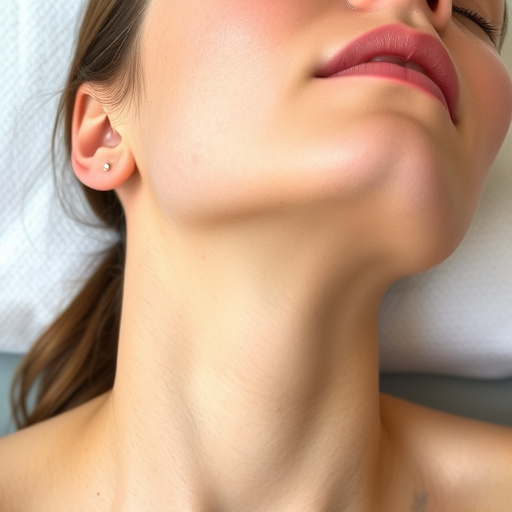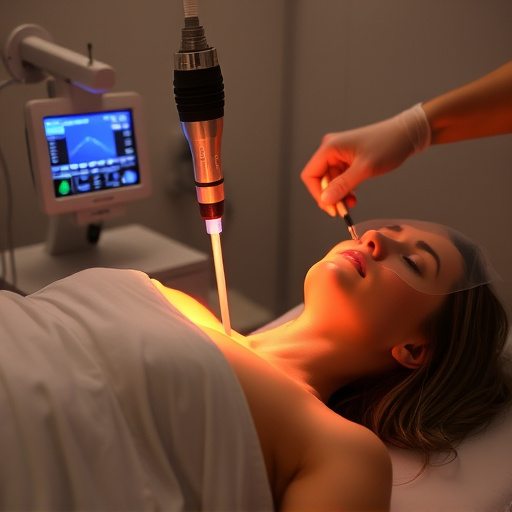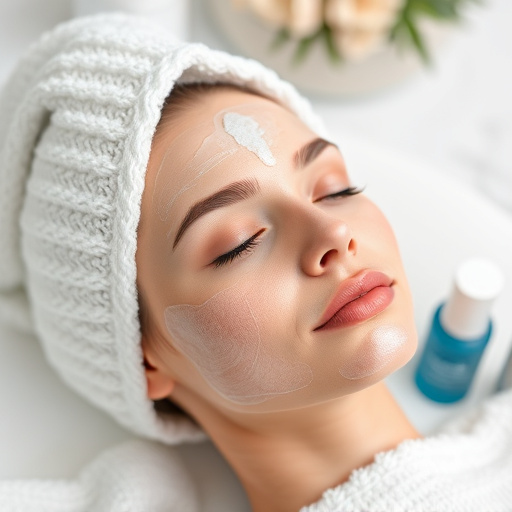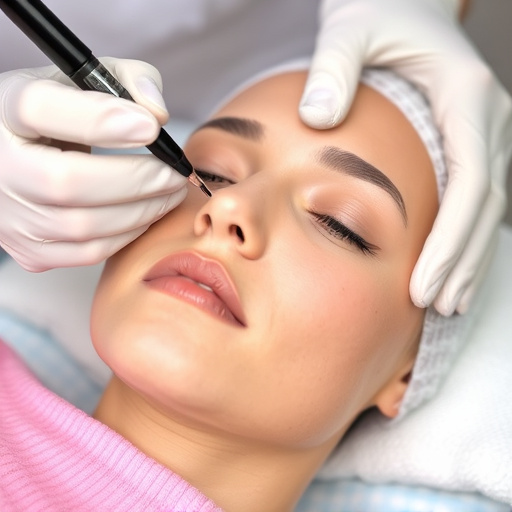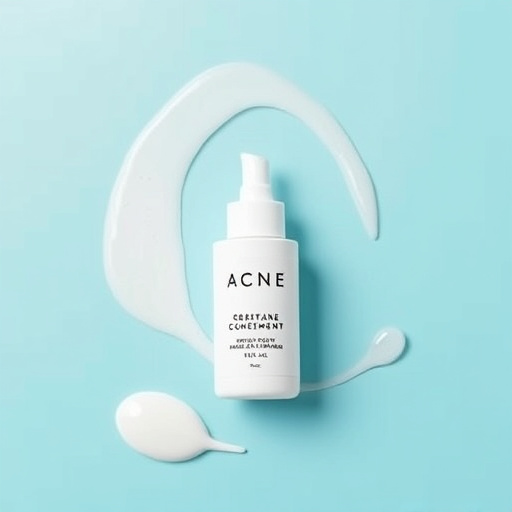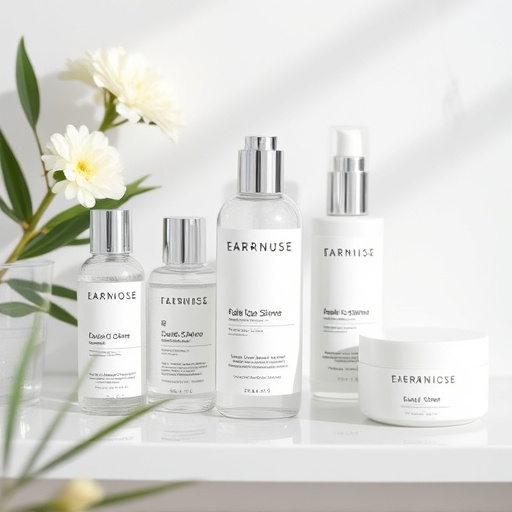Acne scars present diverse types, requiring tailored treatments including microneedling, laser resurfacing, and chemical peels. Personalized skincare routines address specific issues like pitted or raised scars, aiming to refine skin texture and reduce visibility. Non-invasive procedures offer minimal downtime while aggressive techniques target severe scarring with higher risks. Consulting a dermatologist is key for effective acne scar management based on individual needs and skin conditions.
Acne scars can leave lasting marks on your skin, but various effective treatments exist to reduce their appearance. This article guides you through understanding different types of acne scars—pitted, raised, and dark marks—and explores a range of treatment options tailored to each. From topical solutions to non-invasive procedures like microneedling and laser therapy, to more invasive approaches, we break down the pros and cons to help you make informed decisions for successful acne scar treatment.
- Understanding Pitted, Raised, and Dark Acne Scars
- Treatment Options for Each Scar Type
- Non-Invasive and Invasive Procedures: Pros and Cons
Understanding Pitted, Raised, and Dark Acne Scars
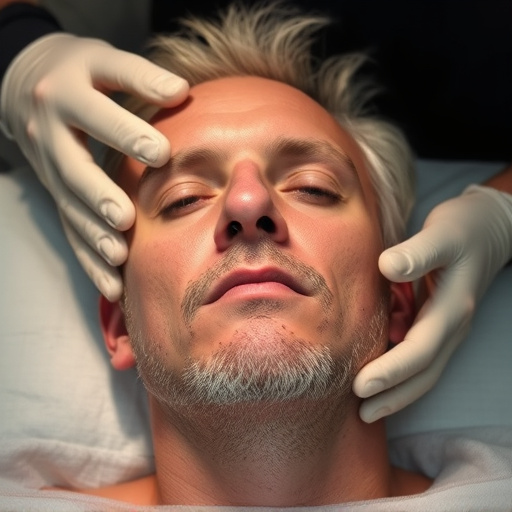
Pitted, raised, and dark acne scars are distinct types that can leave lasting marks on the skin, impacting its texture and appearance. Pitted scars, also known as ice pick scars, are characterized by deep, depression-like depressions in the skin’s surface. These often result from severe inflammation and the breakdown of collagen during an acne outbreak. Raised or hyperpigmented scars, on the other hand, appear as small bumps or discolored areas, usually red or dark brown, that can vary in size and shape. They are caused by excessive collagen production or pigmentation changes after an injury to the skin.
Acne scar treatment options aim to address these specific issues. Personalized skincare routines can help manage existing scars with products containing ingredients like vitamin C, retinoids, and alpha hydroxy acids (AHAs) that promote collagen stimulation and skin cell turnover. Pore refinement techniques, such as customized facials targeting clogged pores, can prevent new scars from forming. Microdermabrasion, chemical peels, and laser therapy are also effective for reducing the depth of pitted scars or lightening dark marks. Each treatment approach should be tailored to the patient’s unique skin type and scar severity, ensuring optimal results in an acne scar treatment regimen.
Treatment Options for Each Scar Type
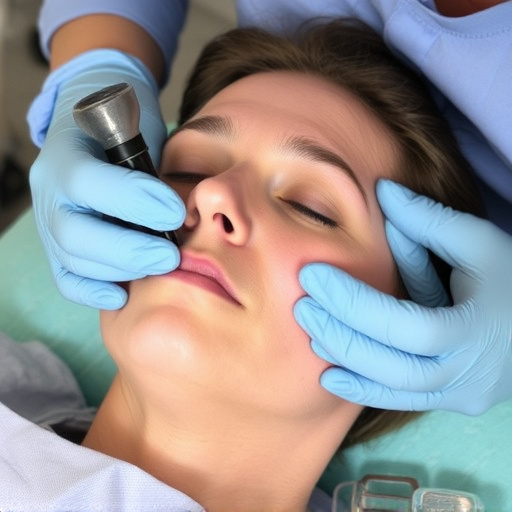
When it comes to treating pitted, raised, or dark acne scars, various options cater to each specific type. For pitted scars, which are essentially depressions in the skin’s surface, acne scar treatment often involves procedures that aim to elevate the depressed area. Microneedling therapy is a popular choice; it stimulates collagen production and helps remodel the skin texture. In more severe cases, subcision or dermabrasion might be recommended to physically lift the depressed tissue.
For raised scars, which appear as bumps on the skin’s surface, acne scar treatment focuses on reducing their prominence. Laser resurfacing is an effective method for smoothing out these scars by removing outer layers of skin and encouraging new, smoother growth. Chemical peels and steroid injections can also be used to flatten raised scars, with the latter offering a non-invasive option for mild to moderate cases. Skin brightening treatments, while not directly targeted at raising scars, can help even out skin tone, making marks less noticeable.
Non-Invasive and Invasive Procedures: Pros and Cons

Non-invasive procedures for acne scar treatment have gained significant popularity due to their minimal downtime and reduced risk of complications. Techniques like microdermabrasion, chemical peels, and topical treatments offer effective ways to improve skin texture and reduce the visibility of scars. Microdermabrasion, for instance, gently exfoliates the skin, removing surface debris and stimulating collagen production. Chemical peels use specific acids to chemically exfoliate deeper layers, resulting in smoother, more even skin. These non-invasive approaches are generally safer and more suitable for those with mild to moderate scarring.
In contrast, invasive procedures such as subcision and surgical excision are more aggressive but can be highly effective for severe pitted or raised scars. Subcision involves inserting a small needle underneath the scar to break up fibrous tissue, allowing the skin to heal with improved appearance. Laser hair removal, though not directly aimed at acne scars, can sometimes be used to target hyperpigmented marks left by acne. It’s crucial to weigh the benefits and risks of each procedure; invasive methods may offer faster results but come with a higher chance of side effects and longer recovery times. Consulting a dermatologist is essential to determine the most suitable acne scar treatment based on individual needs and skin conditions.
Acne scars can significantly impact one’s self-confidence, but various effective treatments exist to reduce their appearance. Understanding the different types of scars, such as pitted, raised, and dark marks, is crucial in choosing the right treatment approach. From topical creams and chemical peels to more intensive procedures like laser therapy and dermabrasion, there are multiple options available. Non-invasive methods offer minimal downtime and discomfort, while invasive procedures provide more substantial results. Weighing the pros and cons of each can help individuals make informed decisions to achieve clearer, smoother skin and regain their confidence. With dedicated care and the right treatment plan, achieving a clear complexion is within reach for everyone.

